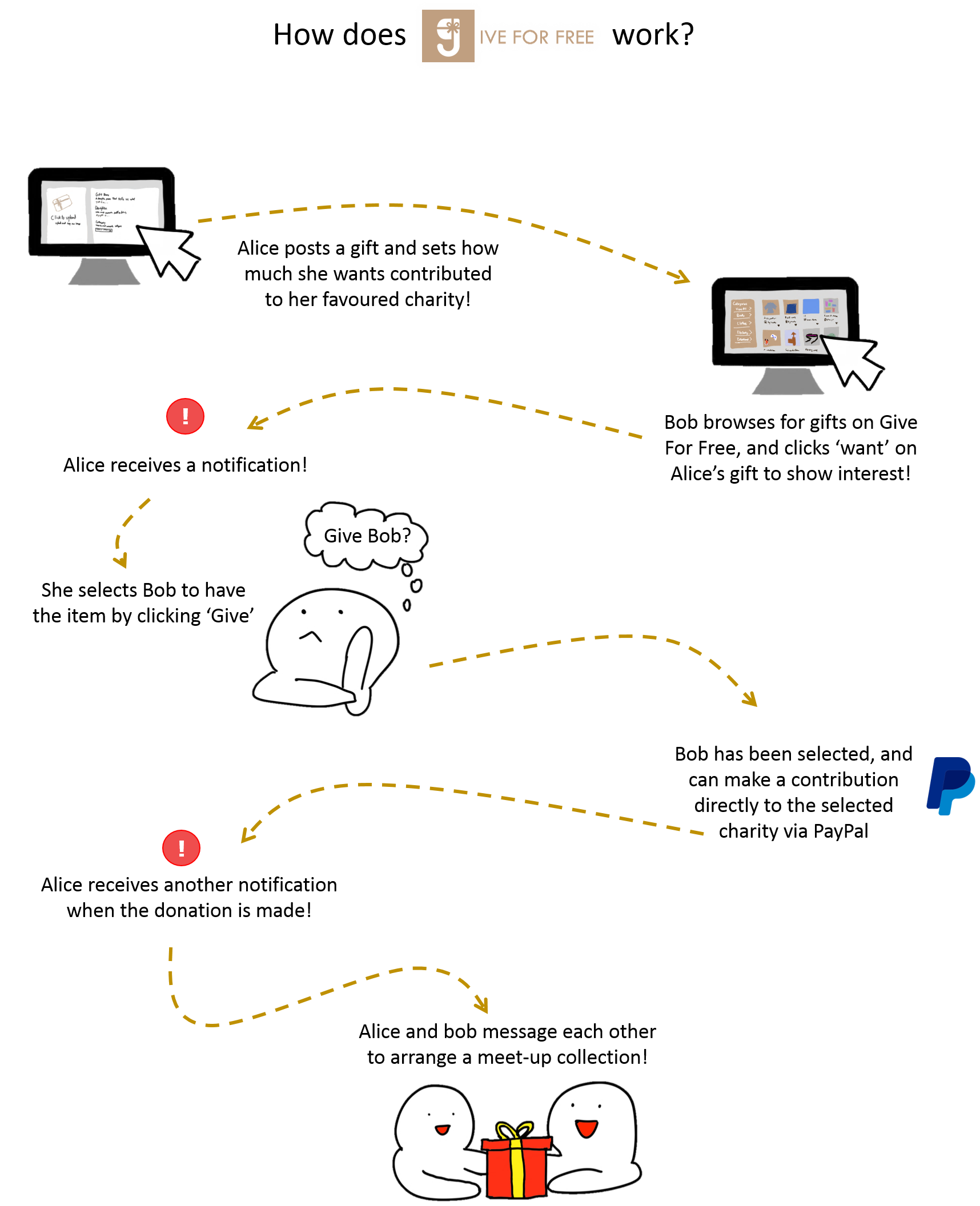Sites should be self-explanatory
 It was Friday, the 28th of October, and I’d just gotten home after a long day. It was the end of a tiring week, and I wanted nothing more than to lie down and have a good rest, but I had a 3216 project meeting scheduled at 11pm. Going by our progress, I was stressed out and worried we wouldn’t be able to meet our objectives. It wasn’t so much the technical aspect (we had most of the backend ready from Assignment 1), but all the real-life problems that we had to settle. At that point, we had two weeks left to STEPS, but were still stuck on multiple fronts.
It was Friday, the 28th of October, and I’d just gotten home after a long day. It was the end of a tiring week, and I wanted nothing more than to lie down and have a good rest, but I had a 3216 project meeting scheduled at 11pm. Going by our progress, I was stressed out and worried we wouldn’t be able to meet our objectives. It wasn’t so much the technical aspect (we had most of the backend ready from Assignment 1), but all the real-life problems that we had to settle. At that point, we had two weeks left to STEPS, but were still stuck on multiple fronts.
- Paypal was working in the sandbox, but didn’t work on production. Our account had already been approved for Adaptive Payments, but we didn’t realise we had to link a bank account for it to work. This was a process that takes 4-6 working days, but we had to launch in 3 working days.
- We realised we had to start promotion, but all we had was a Facebook page. We needed to get our promotional materials ready and start pushing the product.
- We got feedback from SuYuen, the UI expert, that our site was super confusing to new users, and we had to redo our landing page to make it clear what we were doing.
Fortunately, I had an amazing team that can do magic to get things done. In the meeting that night, we quickly split up the work we had to do, and got our prelaunch page up by Sunday. We revamped our landing page, and had a second consult with SuYuen on Tuesday, who was pleasantly surprised by the changes, and suggested some small fixes to improve the user flow. I was really impressed by what the team had accomplised in the span of a few days. But one large hurdle still stood in the way. Paypal.
Why even go down the Paypal route? Paypal is expensive, and isn’t amazing with its tech support. It doesn’t have the most refined UI, or the best documentation for its API. So why did we choose Paypal?
It had the reach. Most local charities don’t have a sophisticated system to collect donations. We haven’t seen any that used Stripe, and those that used their own flavour of payment processing definitely didn’t support an API we could use to track donations on our end. We had no choice but to settle for Paypal, as that was the main method of collection for several charities.
Moving Paypal out of sandbox into production is tough. It’s especially tough when the only error message we receive is “The user is not authorized”. Even though we had already received Paypal Approval. Best of all, their technical support was unable to confirm our status, and was only able to do so by contacting the US-based team. It took us two days to fix it and when it finally worked, we were in metaphorical tears. (sent a lot of tear emojis through whatsapp)
We finally launched on 3rd Nov (one day late due to Paypal not working) and started turning all our efforts to marketing and promotion.